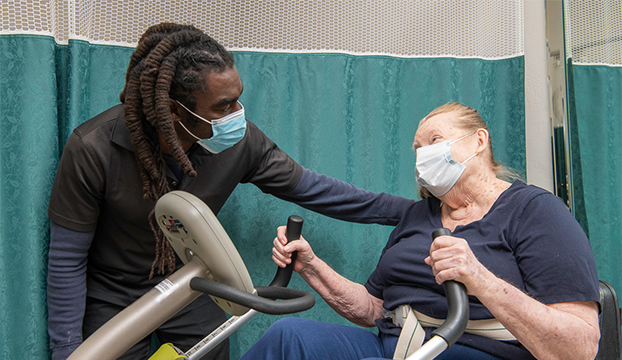Investigating the Varied Methods of Physical Rehabilitation for Enhanced Recovery and Restoration
Investigating the Varied Methods of Physical Rehabilitation for Enhanced Recovery and Restoration
Blog Article
Physical therapy is an essential discipline that helps individuals heal from injuries, surgeries, and various health conditions. It entails a variety of methods aimed to improve mobility, alleviate discomfort, and enhance general physical capability. Physical therapists are trained experts who assess each client’s requirements and develop customized care plans. These plans often include workouts, manual treatment, and instruction about physical movements. By using these diverse approaches, physiotherapy can substantially enhance a patient’s standard of life.
One common technique used in physiotherapy is rehabilitative exercise. This involves targeted actions and activities that help strengthen muscle strength, enhance flexibility, and boost stamina. For example, a client rehabilitating from knee operation may engage in exercises that focus on restoring strength in the leg muscles. These activities are carefully selected based on the individual’s condition and objectives. By incrementally boosting the intensity and complexity of the activities, physiotherapy therapists can help clients recover their power and mobility over time.
Another crucial technique is manual treatment, which comprises hands-on approaches to adjust the body’s tender tissues and joints. This can entail stretching, mobilization, and massage. Manual treatment seeks to relieve discomfort, reduce inflammation, and enhance circulation. For example, a practitioner may use light pressure to ease stress in tight muscle groups or to help a articulation move more freely. This method is often integrated with other therapies to improve recovery and encourage healing. Clients often find hands-on therapy to be a soothing and effective way to control their discomfort.
In furthermore to exercises and hands-on therapy, instruction plays a crucial part in physical. Practitioners teach clients about their conditions and how to handle them effectively. This may entail advice on correct posture, physical mechanics, and strategies to prevent subsequent injuries. For instance, a practitioner might demonstrate a client how to lift weighty objects properly to avoid injuring their back. By enabling clients with knowledge, physiotherapy therapists assist them take an active part in their recovery and promote long-term health and fitness.
Finally, technological advancements is increasingly being incorporated into physical methods. Tools such as sonography, electrical impulses, and virtual environments can enhance conventional therapy methods. These tools can help alleviate pain, encourage healing, and offer engaging ways for clients to participate in their recovery. For example, virtual environments can create engaging settings for patients to rehearse actions in a safe plus secure environment. As technology continues to evolve, it provides promising possibilities for enhancing recovery results in physiotherapy.
In conclusion, physiotherapy encompasses a range of methods that work together to assist rehabilitation and healing. Through therapeutic activities, hands-on therapy, client education, and the use of technological tools, physical practitioners offer comprehensive treatment customized to each patient’s requirements. This holistic method not only assists patients recover their physical abilities but also enables them to maintain their well-being in the long-term run. As an increasing number of people acknowledge the benefits of personal training for postpartum recovery physiotherapy, it remains to play a crucial part in the journey toward improved well-being and fitness.